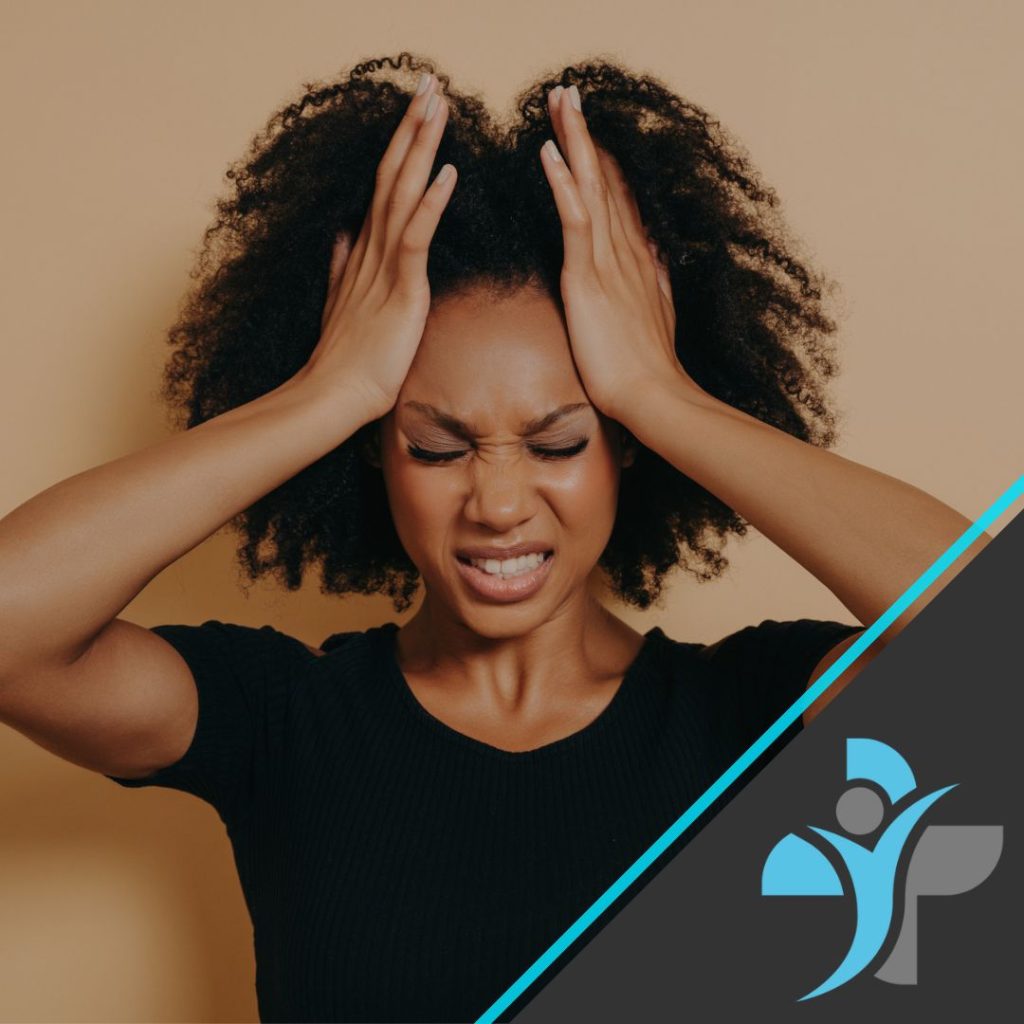Morton’s Neuroma is a condition in your foot that affects one of the plantar digital nerves that are located between the metatarsals. A neuroma is a non-cancerous tumour that grows from a nerve; however, a Morton’s neuroma is not like this and instead it leads to the thickening of the nerve. This condition usually only affects one foot at a time and is mostly found to affect the nerve in between the third and fourth toes. Morton’s Neuroma usually occurs in women 75% of the time and commonly affects people over the age of 35. The reason for this happening is unknown but Morton’s Neuroma is believed to be a chronic condition that may have occurred as a result of the nerve being compressed or stretched.
Anatomy
Morton’s neuroma usually affects your foot between your 3rd and 4th toes.
It is sometimes referred to as an intermetatarsal neuroma. Intermetatarsal describes its location in the foot between the metatarsal bones. Neuromas can occur in other locations in the foot.
The thickening of the nerve that defines a neuroma is the result of compression and irritation of the nerve. This compression creates enlargement of the nerve, eventually leading to permanent nerve damage.
Symptoms
The symptoms of Morton’s Neuroma will be aggravated by wearing tight or high heeled shoes and the symptoms will get worse over time. The symptoms will include but may not be limited to:
- A shooting or stabbing pain in either the ball of the foot or the toes
- Feeling like there is a small stone stuck under your foot
- Tingling of the toes
- May be difficulty walking
Causes
Morton’s neuroma is the directly caused by an irritated or damaged nerve, which sits between the toe bones.
It’s can often be a cause and linked to:
- wearing shoes that are too tight.
- Wearing pointy or high-heeled shoes.
- Doing a lot of sports such as running, tennis, squash or other sports/activities that place pressure through the feet.
- Having other foot related issues. These can be things such as high arches, flat feet, bunions or hammer toes.
Diagnosis
During your visit to your local GP or Sports Therapist / Physiotherapist, they will press on your foot to feel for a mass or tender spot. There may also be a feeling of “clicking” between the bones of your foot.
Imaging tests
You can have various imaging tests which come with varying levels of success.
- X-rays – Your doctor is likely to go down the route of X-Ray’s first to look at your foot, this will be to rule out other issues / causes for your pain.
- Ultrasound – Ultrasound is beneficial when looking at soft tissue abnormalities
- MRI (Magnetic resonance imaging) – This is an expensive but detailed scan of the area and often indicates neuromas in people who have no symptoms.
Treatment
The pain can sometimes be unbearable but whether it is or is not does not affect the fact that the immediate aim is to decrease the pain level.
There are many ways that you can decrease the pain that you are feeling but the most effect way for immediate relief would be to rest the area and then combine this with either heat or cold therapy. This should help to remove the pain or at least reduce the intensity; however, this will only act as a short-term pain relief so if the pain became persistent you would have to do this regularly.
For long term relief and hopefully a complete elimination of the pain there are further ways to treat the area.
By having a deep tissue massage in the area this would help to relieve the pain by focusing the massage on the metatarsal heads whilst being cautious to aggravate the neuroma.
Mobilisation techniques of the metatarsal heads would also be a viable option to try and relieve the pressure in the nerve. In addition to this stretching the toe extensors, calf muscles and the plantar fascia regularly should help to strengthen your feet and improve foot stability.
Exercises
The best way to treat Morton’s neuroma is firstly to rest. If pain allows, some stretching and strengthening exercises can help improve symptom’s and alleviate some pain.
- You can stretch the calf muscles and Achilles tendon.
- Stretch the plantar fascia along the underneath of the foot, this can be done using a hard ball also.
If you are going to exercise, make sure you build these up slowly so that you don’t irritate the nerve and start the inflammation process again.
Firstly, try a gentle walk to start, maybe start with a mile or 2 depending on your level of fitness.
Once you have done this for a week or two and feel comfortable, then try some HIIT walk/running with 4 minutes of walk followed by 2 minutes light jogging, repeating four to six times. The following day complete rest then try again the next day and as time goes on, pain allows and symptoms reduce, increase the length and intensity.
Please see some exercises and stretch examples in our video.
Prevention
There are a number of things you can do to prevent Morton’s neuroma:
- Try to limit the time you are wearing tight or high-heeled shoes.
- Try to wear shoes or trainers that are wider at the front to stop your toes being pushed together.
- If you are training such as Running or Walking, try to wear shoes or trainers that have a good amount of cushioning especially around the balls or your feet.
- Keep a Healthy Lifestyle and your Weight under control as excess weight can put undue stress on the foot.
- For athletes, discuss alternative training plans with your coaching team.
If you believe you have this condition or would just like to have an assessment to see if you do, our friendly team of sports therapists and physiotherapists can help. Contact us or make a booking today.


